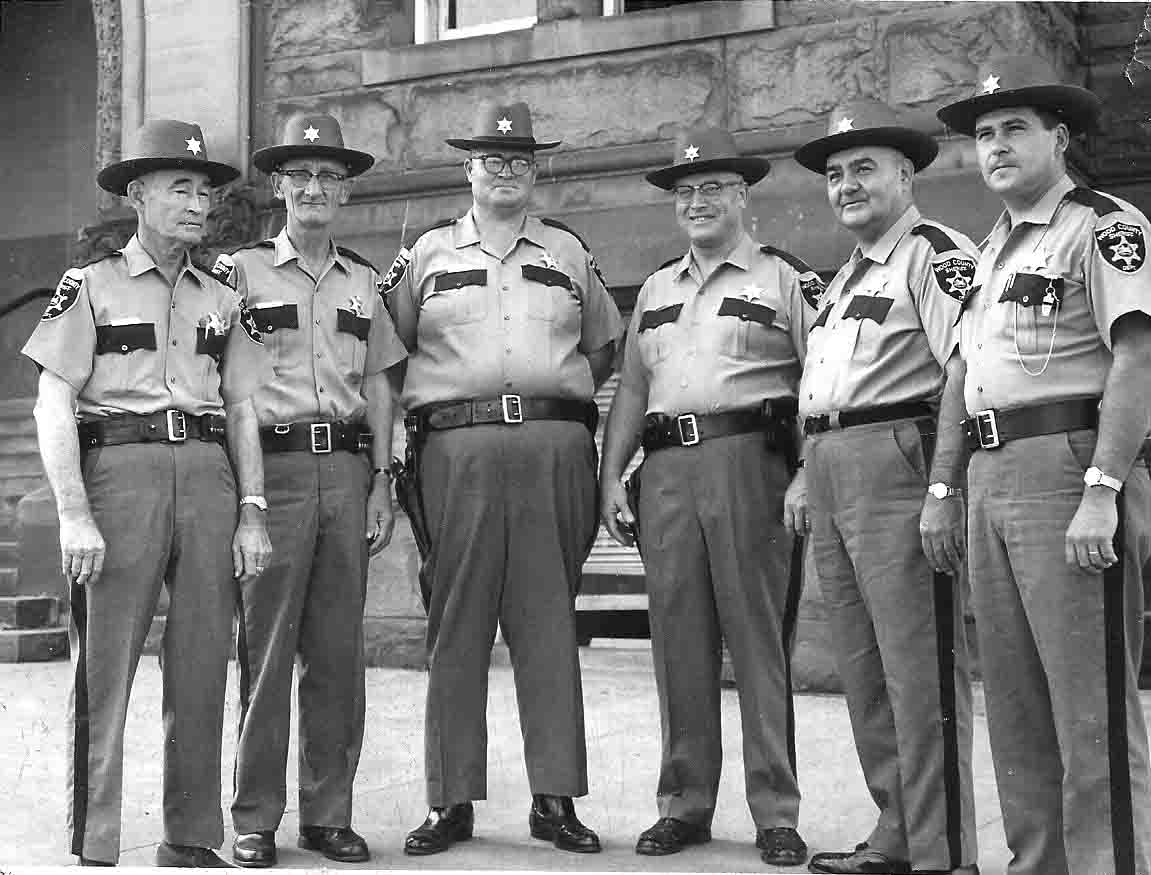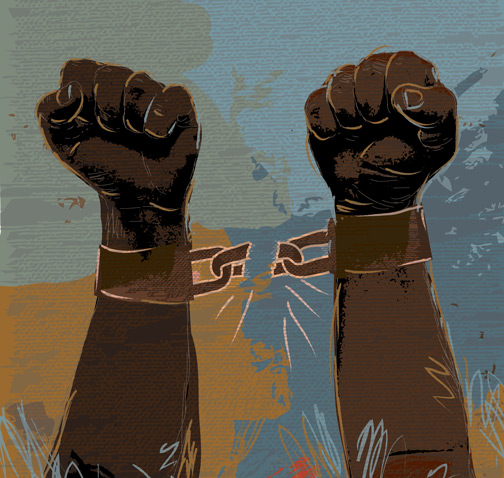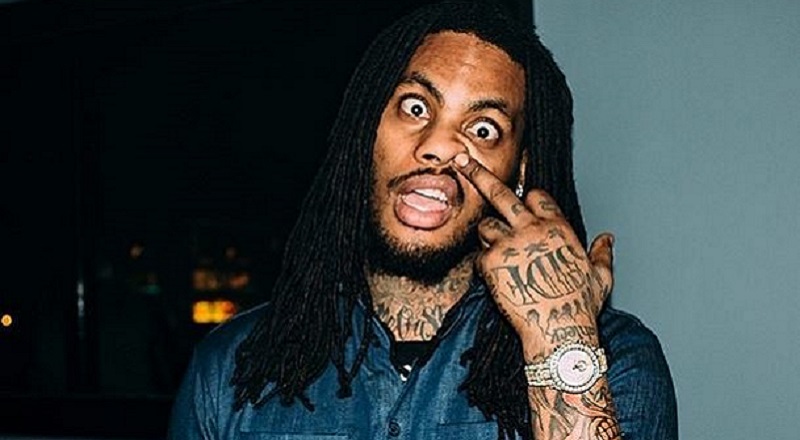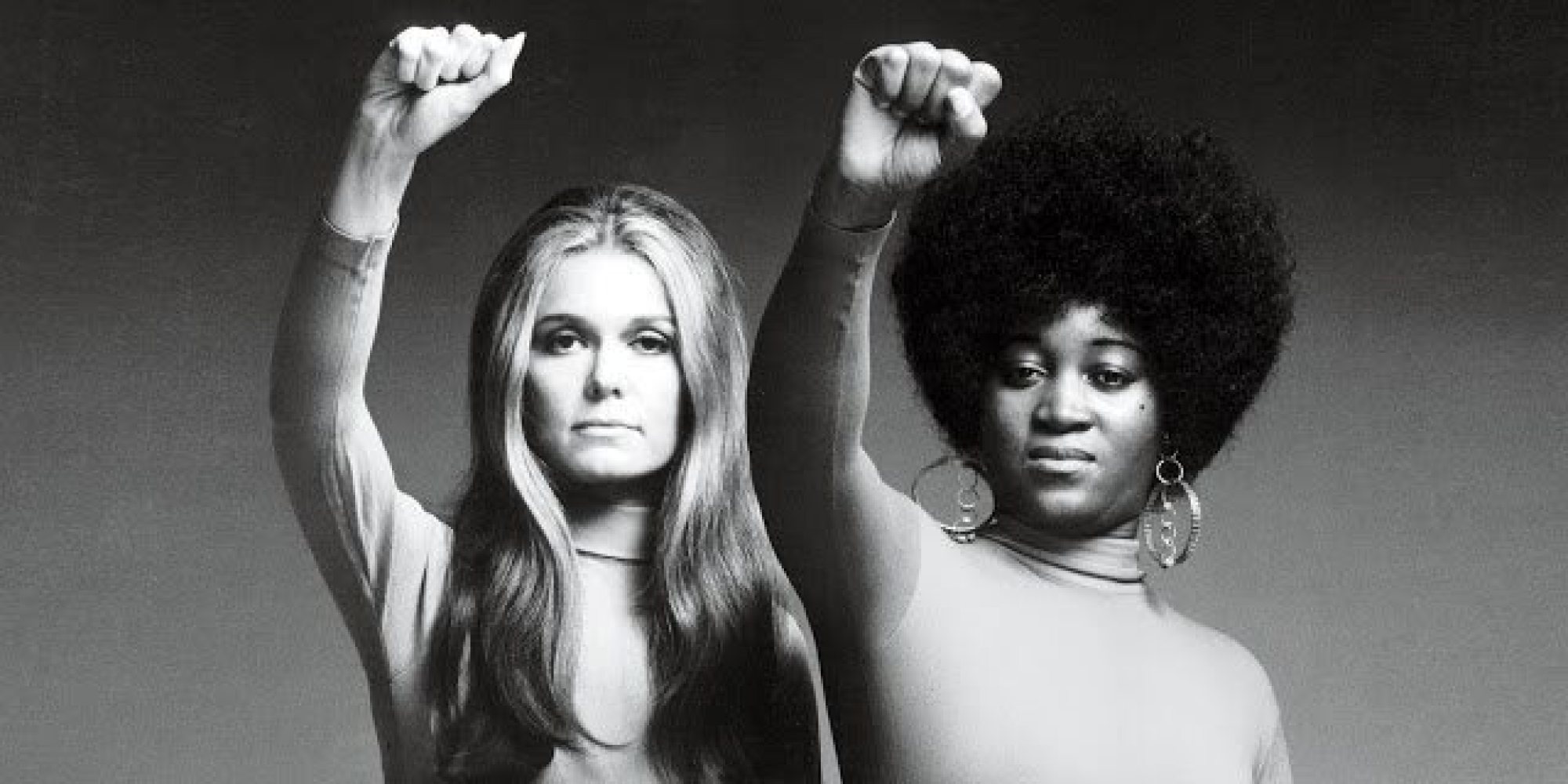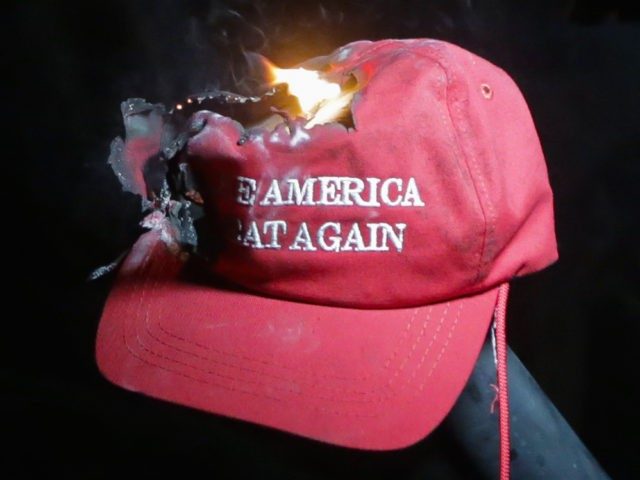THE MAU-MAU & THE END OF THE COLONY (1947-1963)
In 1949, Richard Meinertzhagen, who was the scourge of the Kikuyus in the early 20th century and later converted to the African cause, made one of his visits to Kenya. He was then warned by one of the Kikuyu chiefs about a secret society that was shaping to throw the whites away from the country. The society was called Mau-Mau and was born from the fusion of the Forty Group and other organisations. Meinertzhagen wrote to the governor warning him about the possible danger for the settlers’ safety, but he was not listened. That new movement which the Colony preferred to ignore would become the final detonator of Kenyan independence, and the horror of many children’s nightmares over the following years.
European children of the 1950’s only had access to one version of the story, the one that showed triumphant British soldiers seizing those wild, bloodthirsty and cannibal black terrorists. But this version always forgot to show the deep desperation of the Kikuyu people, the hunger, misery, illness, human stacking and exploitation, the usurpation of their farming lands to be colonized, but just by the bush. Many years of humiliation were required for a people that was never warring to rebel in one of the most violent guerrillas in history.
The Mau-Mau was born in 1947, taking its name from the range of mountains bordering the Rift Valley at its western side, northeast of Lake Naivasha. Other sources attribute its name to the Kikuyu’s cry of war. Its inspiration was a blend of political, religious, economic and magical interests. The Mau-Mau was the political heir of the associations that thrived in the 1920’s, in a moment when the land problem was unbearable. The magical roots of the Kikuyu tradition were patent in the initiation ceremonies. In a hut hidden in the forest, the group members cut the throat of a goat whose blood was then mixed with that of the ones taking the oath. Blood was then spilt over banana leaves and handfuls of earth following a liturgy based on the number 7. The initiated were admitted to the group after taking their vows: may I be struck down if I refuse to bring the head of a white that I’ve been asked for, may I be struck down if my mates decide to do something and I refuse to obbey,…
The first Mau-Mau operations, in 1949, were directed against the Africans who collaborated with the Colony, the so-called loyalists. Deaths were brutal, showing the typical mutilations of ritual slaughters. Violence grew next year, mainly in the Kikuyu, Embu and Meru regions. Attacks to farms were performed mostly around Mount Kenya and Aberdares, the two demarcations were the Mau-Mau had their headquarters. Meanwhile, in Nairobi, the sympathizers gathered funds, ammunition and information for the guerrilla.
In February 1952, Princess Elizabeth of England and her husband Prince Philip visited Kenya. Their itinerary included a visit to a singular place very linked to Kenyan history, the Treetops Hotel. It was built in 1932 as a two-room timber structure fixed to the top of a fig tree, next to a waterhole where the Aberdare forest’s animals come to drink. Visitors climbed to the rooms and there spent the night all alone, watching the local wildlife roaming below their feet. On the occasion of the royal visit, the structure was reinforced and the hotel was extended to four rooms in total, three for the visitors and a small cabin for the escort hunter on duty. That night, while the young Princess was thrilled by the mortal fight between two waterbucks, her father King George VI died in London. The Princess did not know then, but the young lady who descended from Treetops the next morning was Queen Elizabeth II of England.
In October the same year, the confrontation with the Mau-Mau broke out as an open war. The governor decreed the state of emergency, requesting reinforcement troops from England. After accusing the native political leaders of supporting the guerrilla and instigating the people to rebellion, he arrested 150 of them, including Jomo Kenyatta, who was then heading the KAU. Kenyatta was condemned to seven years of prison and hard labour north of Mount Kenya. Repression was headed by Oliver Lyttleton, lord Chandos, Secretary of Colonies of the Churchill cabinet.
In reply to the Colony’s measures, in 1953 the Mau-Mau established a third base in the outskirts of Nairobi and intensified their actions, which became real military operations against settlers’ farms or loyalist towns. In the massacre of Lari, 93 Africans were murdered by the partisans. The rebels’ violence upswing was responded with the same brutality by the British army and the Home Guards, native loyal troops. The slaughter of Europeans pushed many settlers to leave the country.
The Mau-Mau started to decline in 1953, possibly because of internal disputes. However, punishment actions by the English were not successful as expected, reason why a new strategy was adopted. The Colony created the pseudo-gangs, units made up of deserters and collaborators whose mission was to infiltrate as spies in the guerrilla’s ranks.
The new strategy was fruitful. In late 1954 the British arrested general China, Mau-Mau’s main leader at the Mount Kenya demarcation. Subsequently, activity in this area subsided. Meanwhile, in Aberdares, the guerrilla fighters burnt down the Treetops, an institution in Kenya but also a colonial symbol. The hotel would be re-built three years later, on top of a chestnut tree at the opposite side of the waterhole, where it has remained till the present day.
In 1955, of the 120,000 partisans that started the revolt, only some 15,000 were still alive and free. In October 1956 general Dedan Kimathi, leader of the Aberdares Mau-Mau, was captured. At the moment of his arrest, only 13 loyals remained beside him. Kimathi, self-proclaimed “Knight Commander of the African Hemisphere and Lord of the Southern Hemisphere”, had built up his first clandestine government in the Aberdare forests in 1955, which he named Parliament of Kenya. After his arrest, he was hanged in early 1957.
Despite the detention of the main leaders, the Mau-Mau did not disappear completely until the release of Jomo Kenyatta and the country’s independence. It is difficult to appraise the actual numbers of deceased, since they vary depending on the source. Official figures published in 1956 cited 11,000 losses among the guerrilla members, 2,000 collaborator Africans murdered and 30,000 suspects arrested. More recent data from English historians refer 30,000 deceased of the Mau-Mau and 80,000 detained, whilst other sources talk about 14,000 dead Africans and 100,000 arrested.
The Mau-Mau conflict was an independence war, but also a civil war. The loyalists, mostly Christians or followers of their village chiefs that had been bribed by the police or the settlers, were a major target for the guerrilla, which eliminated them systematically. A good part of the deceased among the natives corresponded to this fratricide fight. On the other hand, the civil face of the conflict defined a social structure that still persists today: the lands grabbed to the rebels were given to the collaborators, which originated the core of an African middle class that lasted until the present day. Today in Kenya, a great part of the land belongs to the native dominant elite, which thrived by the light of those circles sponsored by the colonial regime.
During the Mau-Mau war, political movements did not cease. In 1954, the Colonial Office created a council of ministers that replaced the executive council created during World War II. The new body would be made up of three Europeans, two Asians and one African.
In 1957, with the main leaders of the Mau-Mau arrested or dead, seven African moderate political leaders were admitted to the Legislative Council. Nonetheless, natives were unsatisfied with this measure that still did not confer them a proportional representation. Next year, the number of Africans in the Council was doubled, which allowed them to boycott the new Constitution proposed by the Colonial Secretary Lennox-Boyd, while they claimed a Kenyan Constitution.
Outside the Legislative Council, the leaders of minority ethnic groups engaged themselves in a sterile game of tribal alliances. More productive was the position of other moderate politicians, like Ronald Ngala, Daniel Arap Moi and Tom Mboya, who started to join efforts and to seek the support from other African leaders. In 1958 Tom Mboya joined Julius Nyerere, president to-be of Tanzania, to form the Pan-African Freedom Movement for East and Central Africa.
A key element for the resolution of the conflict was Harold Macmillan (1894-1986), British Prime Minister since 1957. Macmillan was appointed after the resign of the former Prime Minister, Sir Anthony Eden, as a consequence of the Suez crisis. It was a delicate moment for British economy. With the purpose of controlling the public expense, he initiated a process to release the colonies that were enourmously costly for the British treasury. Kenya, under a state of emergency, was clearly unprofitable.
In 1959 and after the failure of his Constitution, Lennox-Boyd headed the Chequers conversations with four East Africa governors. The result was a proposal of provisional dates for independence of the three countries: Tanganyika in 1970, and Kenya and Uganda in 1975. Under the auspices of Macmillan’s speech of “winds of change”, Lennox-Boyd defended a multiracial society in the colonies, which would mean the suppression of the settlers’ privileges, a greater contribution of Africans to the government and the protection of the Asian minority.
With the same view, Macmillan himself travelled the African Colonies in 1960, intending to involve the settlers in his vision of change towards a multiracial society. His words did not find a wide endorsement, but they served for promoting initiatives that until then were unimaginable. One of them was from the settler Michael Blundel, who founded the New Kenya Group to support the process of transformation.
In spite of the settlers’ resistance, international views clearly sided with the Africans. The United Nations Assembly agreed a Declaration of Concession of Independence to the Colonial Countries and Peoples. Even John Fitzgerald Kennedy, president of the United States, pleaded for an Africa for the Africans.
In Kenya, the winds of change started blowing. In April 1959, Kenyatta was released from prison, though he was kept on probation in a remote village. In 1960 the government put an end to the state of emergency, and the same year the British government arranged a conference in London to speed up the process. In the conference, celebrated at Lancaster House, the African delegates presented a common front demanding independence and the immediate release of Jomo Kenyatta. But the requests were far too demanding and Great Britain did not accept the proposal straight away. Even though, a new Constitution was established confering the Africans 33 seats out of 65, and the transfer of 186,000 land acres from white settlers to African farmers with the World Bank’s financial support. The date for independence was set for late 1963, including the celebration of elections to set up a legitimate African government. Many settlers, in view of the direction events were taking, sold their lands and left the country.
Anticipating the celebration of elections, the political panorama in Kenya started to define. In March 1960, KAU split into two parties, KANU (Kenya African National Union) and KADU (Kenya African Democratic Union). The former, supported mainly by Kikuyus and Luos, defended a central government in Nairobi, whilst the latter, preferred by the minority ethnic groups and by Great Britain, proposed a federal political system to avoid concentrating power in Kikuyus’ hands.
The Lancaster agreements were submitted to popular vote in February 1961. KANU defended immediate independence, the release of Jomo Kenyatta and redistribution of lands and jobs. On the other hand, Ronald Ngala’s KADU was more moderate, though it also demanded Kenyatta’s release. KANU obtained 19 seats, for 11 of KADU. Both Europeans and Asians had reserved seats. Faithful to their proposals, KANU leaders refused forming government as long as Kenyatta remained on probation, reason why the appointment was passed on to Ngala, who designed a provisional cabinet. This option favoured the Colony’s government, as well as settler Blundel’s New Kenya Party and the Asian minority.
Finally, in August 1961, KADU achieved Kenyatta’s release. The leader was admitted to the Legislative Council on the next year, thanks to one of the counsellors that handed over his seat. Based on his idea of a common goal, Kenyatta attempted to unify both parties, but after failing he accepted to lead KANU together with syndicalist Tom Mboya. The provisional government was replaced by a coalition government between KADU and KANU, in which Kenyatta assumed the portfolio of Constitutional Affairs and Economic Planning.
In January 1962 the second Lancaster Conference took place. Jomo Kenyatta attended as the uncontested leader. During the conversations, the calendar for independence was defined, including the celebration of elections for the next year. Further agreements included implementation of the “one million acres” land sale system. However, the constitutional issue remained pending, since KADU supported a federalist model which KANU rejected.
In the 1963 elections, which were boycotted by the northeastern Somalis who refused to integrate in Kenya, Kenyatta’s KANU obtained absolute majority with 83 seats out of 124. This was the final backing for the centralist model. On the 1st of June, Madaraka Day, Jomo Kenyatta became Prime Minister of the autonomous government of Kenya. There was still much to be defined before proclaiming the Republic, but independence was a fact and one man had been appointed to begin the process of national construction. From the start, Kenyatta requested the settlers not to leave Kenya, since he knew that only them could keep the farms profitable for boosting economic development in the country.
On December 12, 1963, Kenya took control over foreign affairs, fulfilling the process of independence. During the solemn ceremony for celebration of independence at Ruringu Stadium, the last Mau-Mau fighters handed over their weapons to Jomo Kenyatta.
And of course any time Afrakans fight we have you use witchcraft!lmao.
Malcolm X often said that we should invoke the spirits of the Mau Mau..
#MauMau











